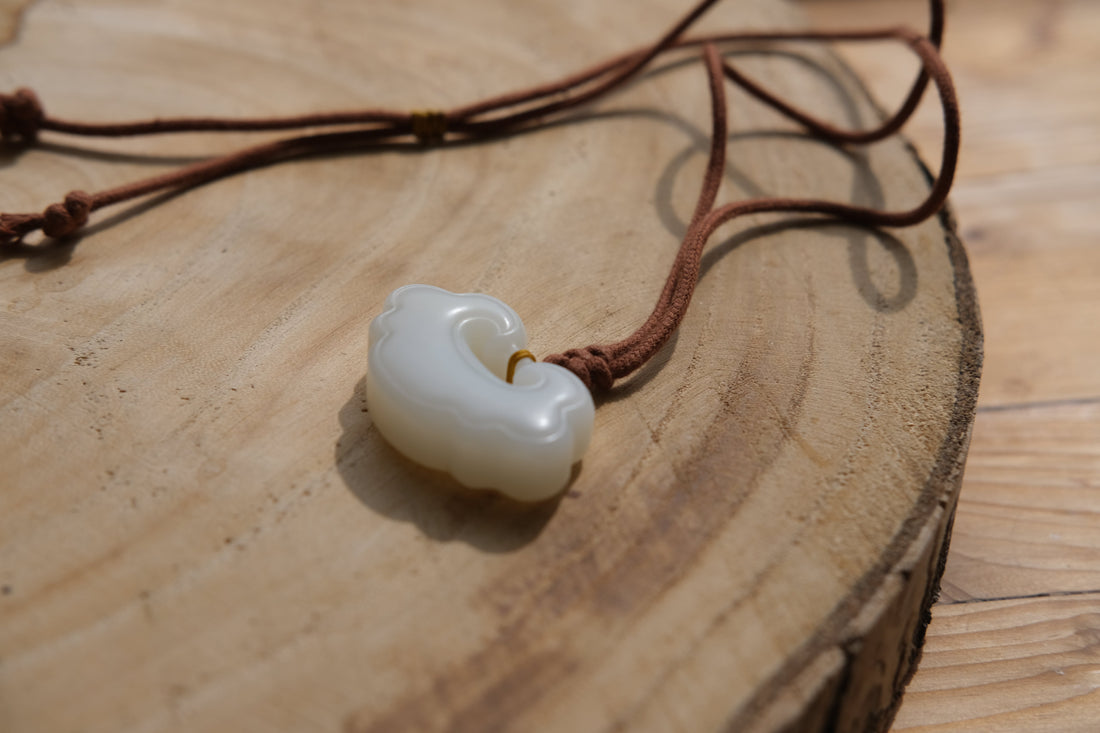
Hetian Jade: The Living Heart of Chinese Civilization
For over 8,000 years, a milky-white stone from China’s Kunlun Mountains has shaped one of humanity’s oldest spiritual dialogues. ‘Hetian Jade ’(和田玉), known as ‘Yu’ (玉) in Chinese, transcends mere mineralogy. It is a cultural codex, etched with the values of dynasties, philosophers, and everyday seekers of harmony.
The Stone That Built Empires
Archaeologists trace jade’s sacred status to Neolithic rituals. In the ‘Hongshan culture’ (4700-2900 BCE), shamans carved jade into pig-dragons (‘zhulong’) to commune with rain gods. The ‘Liangzhu culture’ (3300-2300 BCE) buried elites with ‘cong’ (琮) – jade tubes symbolizing cosmic order – aligning square earth with round heaven.
By the Shang Dynasty (1600-1046 BCE), jade became a metaphor for power. When King Wu of Zhou overthrew the Shang, he seized their royal jade discs as proof of the ‘Mandate of Heaven’. The ‘Book of Rites’ (礼记) later decreed:
“Without just cause, a gentleman does not part with his jade.”
Confucius’ Classroom in Stone
Ancient philosophers saw jade’s physicality as moral instruction. Confucius (551-479 BCE) famously listed ‘Eleven Jade Virtues’:
- Its polish and brilliance represent *wisdom*
- Unyielding yet breakable nature teaches *courage with caution*
- Flawless transparency mirrors *integrity*
Even warriors carried jade pendants. To lose one in battle was shame; to die with it intact, an honor.
The Artisan’s Silent Sutra
Traditional jade carving follows the Daoist principle of ‘wu wei’ (无为) – “action through non-action”. Masters might contemplate a raw stone for years before chiseling, believing true art reveals the jade’s “hidden soul”.
Key techniques passed down since the Han Dynasty (202 BCE-220 CE):
- Openwork Carving** – Creating lace-like patterns without breaking the stone’s “spirit line”
- ‘Qin Dynasty “Trembling” Engraving’ – Using horsehair strings to etch hair-thin details
- ‘Mutton-Fat Jade Polishing’ – Rubbing with crushed jade powder for a luminous finish
The 18th-century ‘Jadeite Cabbage’, carved from a flawed stone into bok choy with hidden insects, epitomizes this philosophy: perfection lies in embracing nature’s “mistakes”.
Jade in the Breath of Daily Life
Beyond imperial courts, jade rooted itself in folk culture:
- ‘Babies’ wore jade locks to “bind” their souls to earth
- ‘Scholars’ rubbed jade inkstones to channel wisdom
- ‘Lovers’ exchanged jade hairpins as vows harder than diamond
Even today, Chinese idioms pulse with jade imagery:
- “Temper a man like jade” (玉不琢,不成器) – Growth requires struggle
- “Gold has value; jade is priceless” (黄金有价玉无价) – True worth transcends materialism
